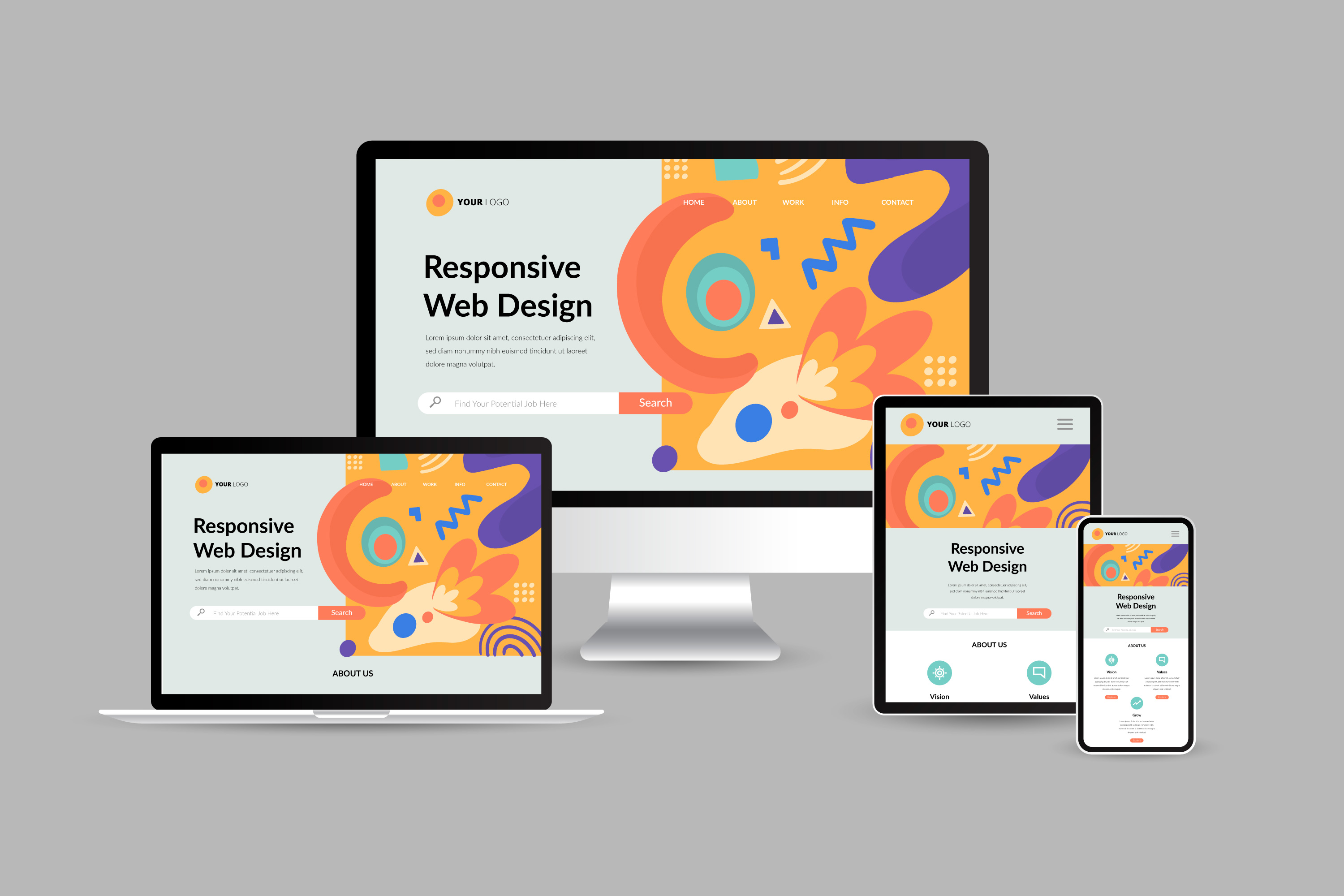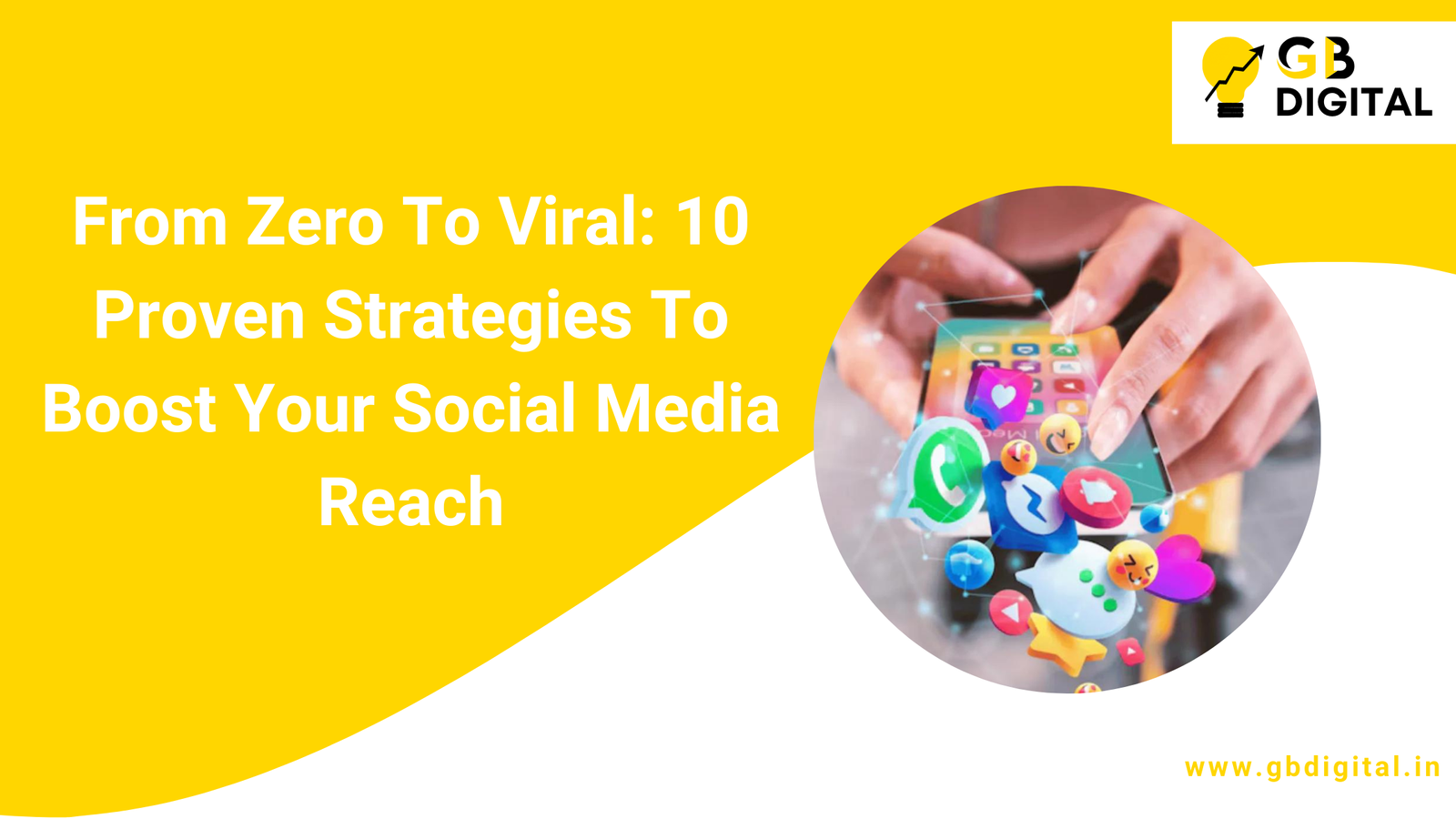In today’s digital era, your gym’s website is more than just an online brochure—it’s a powerful tool that can convert visitors into paying members. A well-optimized website design for gyms plays a crucial role in influencing user behavior, building trust, and enhancing user experience (UX).
With the fitness industry becoming increasingly competitive, having an engaging, easy-to-navigate, and conversion-driven website is non-negotiable. In this blog, we’ll explore how professional website design can significantly boost membership sign-ups for your fitness studio.
Why Website Design Matters for Gym Membership Growth

First Impressions Count
Your gym’s website is often the first interaction potential members have with your brand. A clean, visually appealing design instantly builds credibility and encourages visitors to explore further.
Key elements for a great first impression:
- A professional and mobile-responsive design
- Fast-loading pages (under 3 seconds)
- High-quality images and videos showcasing the gym facilities
- A clear call-to-action (CTA) for memberships and free trials
User Experience (UX) Enhances Engagement
If your website is difficult to navigate, visitors will leave within seconds. A seamless UX ensures potential members find what they need quickly, increasing the chances of conversion.
UX improvements to implement:
- Intuitive navigation menus
- Well-structured content sections
- A search bar for easy access to information
- A logical page layout with engaging visuals
SEO Optimization Increases Visibility
A well-designed gym website isn’t just about looks; it also needs to rank well on search engines. Implementing SEO best practices ensures your site appears on Google’s first page when potential members search for fitness studios.
SEO essentials for gym websites:
- Optimized meta tags and headings
- High-quality, keyword-rich content
- Internal and external linking strategy
- Mobile-friendliness and fast load speed
Essential Features of a High-Converting Gym Website

1. Mobile-Friendly & Responsive Design
More than 60% of gym-related searches happen on mobile devices. If your website isn’t mobile-optimized, you’re losing potential members.
Best practices for mobile-friendly gym websites:
- Ensure responsive design that adapts to all screen sizes
- Use large, readable fonts and easy-to-click buttons
- Optimize images and videos for quick loading
2. Clear and Compelling Call-to-Actions (CTAs)
Your website should guide visitors toward taking action—whether it’s signing up for a membership, booking a free trial, or scheduling a consultation.
Examples of effective CTAs:
✔️ “Join Now & Get 1 Week Free”
✔️ “Claim Your Free Gym Pass Today!”
✔️ “Book a Personal Training Session”
CTAs should be strategically placed on the homepage, pricing page, and contact page to maximize conversions.
3. Membership Plans & Pricing Transparency
Visitors want to know what they’re signing up for. If pricing is unclear, they might leave and look for a competitor.
Best practices for displaying membership plans:
- Use a comparison table for different plans
- Highlight benefits and perks for each plan
- Offer limited-time discounts or promotions
4. Online Booking & Payment Integration

Make it easy for potential members to take the next step by allowing online bookings and secure payments directly from your website.
Integration options:
- Automated scheduling for gym tours and consultations
- Online class registration system
- Secure payment gateways like Stripe, Razorpay, or PayPal
5. Testimonials & Social Proof
People trust reviews and testimonials more than marketing messages. Display positive member testimonials prominently on your site.
Where to feature social proof:
- Homepage slider or dedicated testimonials page
- Google reviews and social media feeds
- Before-and-after transformation photos
6. Engaging Blog & Content Marketing
An informative blog establishes your gym as an authority in the fitness space. SEO-optimized articles can drive organic traffic and keep visitors engaged.
Blog topics to attract fitness enthusiasts:
- “Best Workout Routines for Beginners”
- “How Nutrition Affects Your Gym Progress”
- “Top 5 Benefits of Group Fitness Classes”
7. Local SEO for Increased Membership Sign-Ups

If you want to attract gym-goers in your area, local SEO is essential. Optimize your website for location-based searches.
Key local SEO strategies:
- Add Google My Business listing
- Use location-specific keywords like “best gym in [city]”
- Encourage members to leave Google reviews
8. High-Quality Media & Virtual Tours
A fitness studio website with professional images and videos can drastically improve engagement and conversions.
Ways to use visual content effectively:
- Virtual 360° gym tours
- Instructor-led video introductions
- Gym event highlights and workout demonstrations
Read Aslo : How to Choose the Right Web Design and Development Agency
SEO for International Websites: Optimizing for Global Success
How to Convert Website Visitors into Members
Step 1: Capture leads using pop-ups and signup forms (e.g., “Enter your email for a Free Day Pass”).
Step 2: Engage visitors with chatbot support and live chat options.
Step 3: Retarget potential members with email follow-ups and exclusive offers.
Step 4: Provide membership incentives, such as referral bonuses or loyalty programs.
Conclusion
A professional website design for gyms isn’t just about aesthetics—it’s a strategic tool for turning visitors into loyal members. By optimizing your site for user experience, SEO, and conversions, you can create a seamless journey from website browsing to gym membership sign-ups.
Investing in a high-quality gym website will ensure that you stay ahead of competitors and attract fitness enthusiasts who are ready to commit to a healthier lifestyle.
Frequently Asked Questions (FAQs)
Q1. How can I improve my gym website’s conversion rate?
Use clear CTAs, simplify navigation, offer transparent pricing, and add online booking features.
Q2. What platform is best for gym website design?
Popular options include WordPress, Wix, Squarespace, and Shopify for seamless customization and integrations.
Q3. How do I optimize my gym website for SEO?
Use keyword-rich content, meta descriptions, mobile optimization, and local SEO tactics like Google My Business.
Q4. Should I include a blog on my gym’s website?
Yes! A fitness blog improves SEO, attracts organic traffic, and builds brand authority.
Q5. How important are online reviews for gym websites?
Extremely important. Positive reviews build trust and influence membership sign-ups.








